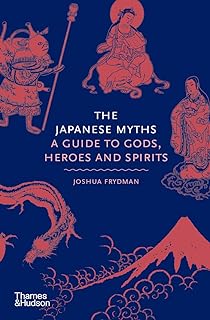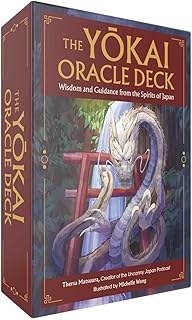Urban legends and supernatural entities have long captivated people, intertwining fear, mystery, and cultural storytelling. Among the intriguing figures in Japanese folklore is “Hachishakusama,” an imposing woman known for abducting children, particularly boys. Her origins trace back to the early 2000s, emerging as a more contemporary urban legend compared to traditional yokai, the supernatural beings in Japanese lore.
Referred to as the “8-Foot-Tall Woman,” Hachishakusama is depicted as an exceptionally tall figure with pale, stretched skin, clad in a white dress and sometimes a broad-brimmed hat concealing her face. Preceded by an eerie rhythmic sound, she whispers children’s names before snatching them away. Some versions of the legend suggest she possesses extraordinary abilities like limb stretching or teleportation, devoid of a clear motive beyond instilling terror.
While Hachishakusama primarily exists in internet lore, alleged encounters with her persist. These accounts typically involve children hearing their names called by an unseen force before encountering the towering lady. The distinctive “po-po-po” sound often heralds her appearance, with some tales claiming that children who see her vanish mysteriously. However, concrete evidence supporting these encounters remains elusive, existing mainly in anonymous online anecdotes and creepypasta narratives.
Various psychological and cultural theories attempt to rationalize the enduring belief in Hachishakusama. Suggestions range from sleep paralysis and hallucinations to societal fears of child abduction and the uncanny nature of her appearance. The digital age and the power of the internet play a significant role in amplifying urban legends, blurring the lines between fiction and reality and fostering a sense of shared mythos.
While the likelihood of Hachishakusama’s existence is slim, speculations persist regarding potential real-world inspirations for her legend. Historical cases of child disappearances in Japan, coupled with cultural motifs from traditional yokai folklore, might have influenced the creation of this modern-day specter. Mass hysteria and shared hallucinations also offer plausible explanations for the collective belief in supernatural beings like Hachishakusama.
Ultimately, Hachishakusama stands as a product of digital folklore, crafted to evoke primal fears and uncertainties. Despite lacking tangible proof of her existence, the impact of her legend on Japanese horror culture is undeniable. She embodies the essence of a compelling urban myth, reflecting society’s deepest anxieties and the enduring allure of the unknown.
While the consensus leans toward Hachishakusama being a fictional construct, her legacy as a symbol of terror endures, serving as a cautionary tale that resonates with individuals on a primal level. Whether she exists only in tales or harbors a semblance of truth, the chilling presence of Hachishakusama lingers, a reminder of the enduring power of modern urban legends.
📰 Related Articles
- Momo Challenge: Unraveling the Internet’s Eerie Urban Legend
- Unraveling Showbiz Myths: Debunked Urban Legends in Entertainment
- Screen Gems to Reboot ’90s Urban Legend for Modern Audiences
- Zelio E Mobility Introduces Gracy+ Electric Scooter for Urban Commuters
- Whyte RHe0 3: Urban E-Bike Blends Performance and Practicality






